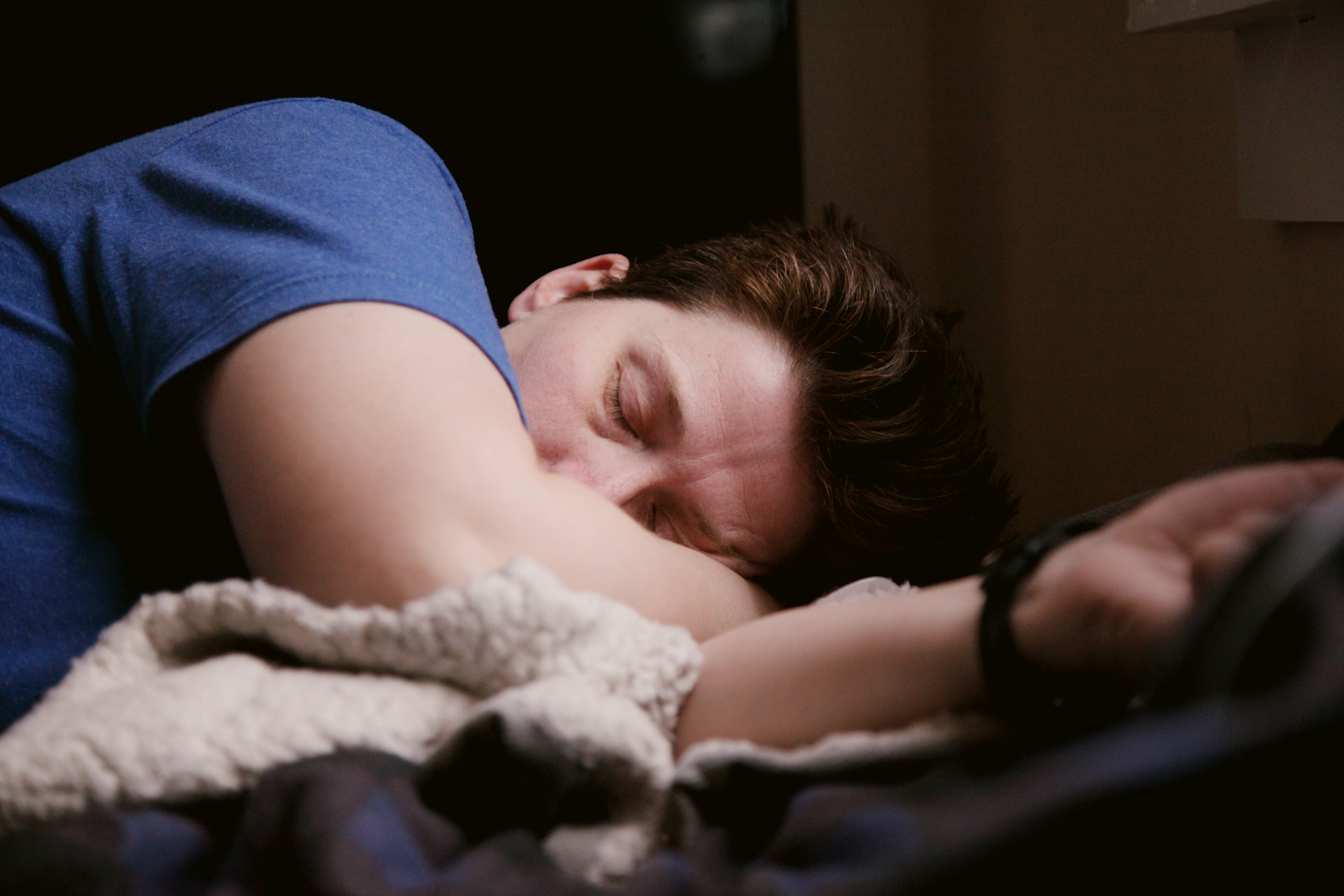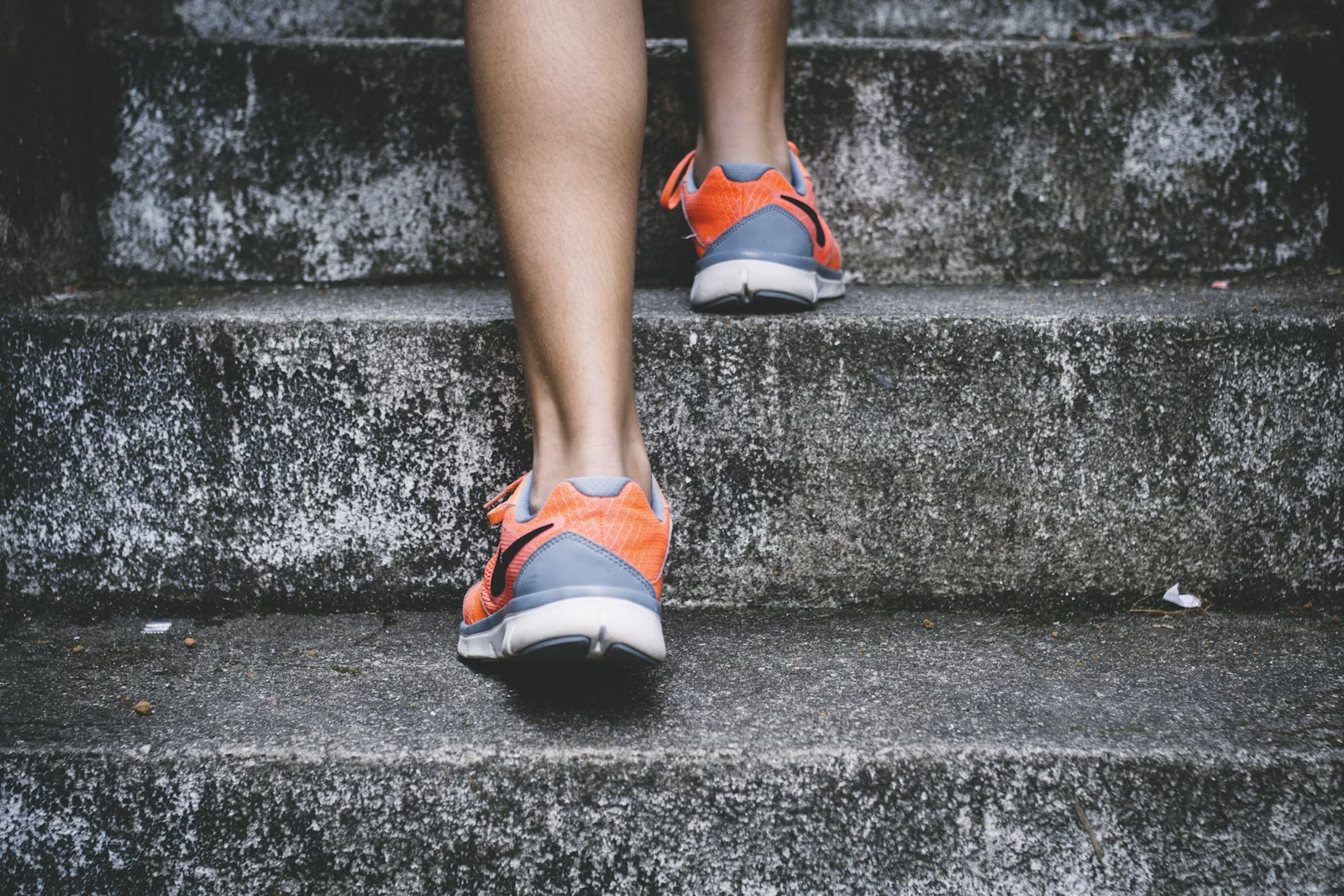Introduction
Fatigue isn’t just “low coffee.” It’s a timing problem. Mis‑timed caffeine plus poor light habits wreck sleep pressure and leave you wired‑and‑tired. This protocol pairs light exposure (the master clock) with caffeine timing and dose so you get smooth focus by day and clean sleep at night.

1) Baseline your day (10 minutes)
For 3 days, jot: wake time, first caffeine time, last caffeine time, total mg, naps, screen use after sunset, sleep onset latency (minutes), night awakenings. You’ll fix timing before you fix totals.
2) Morning light > morning latte (10–15 minutes)
Get outside within 1 hour of waking (clouds count). Face daylight for 5–10 minutes; walk if you can. This anchors your clock and builds natural alertness without over‑caffeinating.
3) Delay caffeine 60–90 minutes
Let your natural wake chemistry rise. First dose ~90 minutes after wake reduces the mid‑morning crash. If you must sip early, keep it to half‑dose and finish the rest later.
4) Dose like a pro (micro > mega)
-
Micro‑dose: 20–50 mg (tea or small coffee) for steady focus.
-
Standard block: 75–100 mg.
-
Daily ceiling: keep total under a level that preserves sleep (many land ≤300 mg).
-
Pair with water; dehydration feels like fatigue.
5) Strategic cutoffs
-
Last caffeine 8–10 hours before target bedtime.
-
If you normally sleep at 23:00, last dose by 13:00–15:00.
-
Sensitive? Move cutoff earlier and decrease total.
6) Lunch slump alternatives (stack, don’t spike)
-
10‑minute bright walk outdoors.
-
Protein + fiber at lunch; avoid heavy simple carbs that crash energy.
-
Breath reset: 4‑4‑4‑4 for 2 minutes.
If needed, add a single 20–40 mg micro‑dose, not a 200 mg hammer.
7) Nap strategy (with or without caffeine)
-
Power nap: 10–20 minutes before 15:00.
-
Caffeine nap: drink a small coffee/tea, then lie down immediately—caffeine kicks in as you wake.
Avoid long, late naps that steal nighttime sleep pressure.
8) Evening wind‑down and light hygiene
-
Dim lights 60 minutes before bed; aim for warm, lower‑intensity lighting.
-
Screens off or far from eyes for the last 30 minutes.
-
Keep bedroom cool, dark, quiet; eye mask and earplugs if needed.
9) Weekly scorecard (15 minutes, Sunday)
Track: average sleep onset, night awakenings, energy 1–10, caffeine mg/day.
Rule: if sleep worsens 2 weeks in a row, cut total mg by 25% and move cutoff earlier by 1 hour.
10) Special cases (and safer switches)
-
Heavy training day: small pre‑workout dose; hydrate aggressively.
-
Late‑evening events: skip afternoon caffeine entirely; rely on light, water, and a brisk walk.
-
If you like “calm focus”: tea naturally includes L‑theanine; some people find it smooths jitters. (Supplements are optional—discuss with a professional if unsure.)
Pitfalls
Using caffeine to replace sleep, giant afternoon doses, screens on full blast before bed, or pushing workouts late without moving your cutoff.
The compounding effect
Right light + right timing flattens energy dips and protects sleep. After two weeks, you’ll likely need less caffeine for more focus.
Bottom line: Chase timing, not just milligrams. Light leads; caffeine follows.

